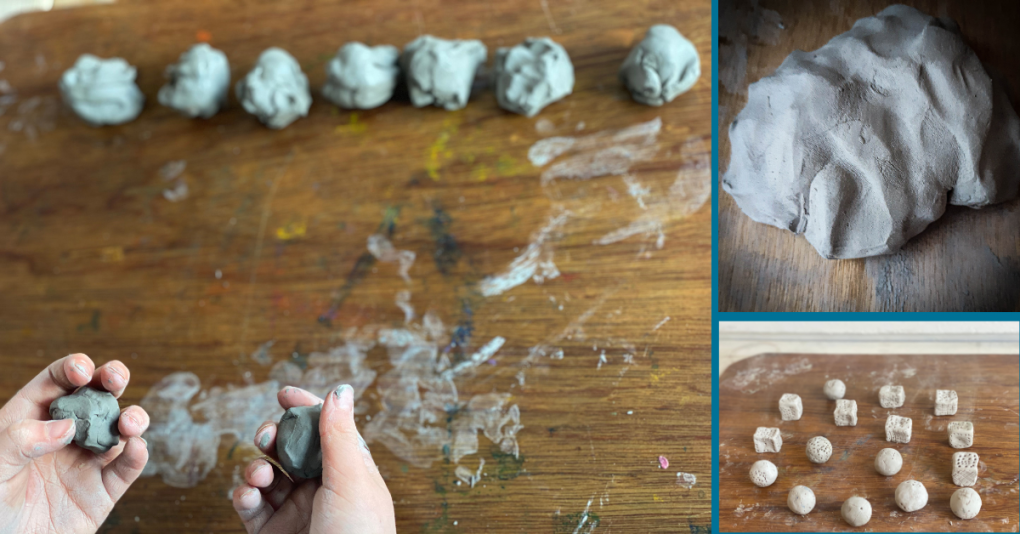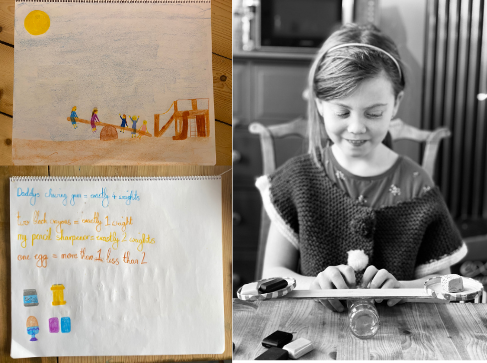« View all news


Balancing the practical, the artistic and the intellectual: Class 3’s clay weights
February 10 2021

A central aim of Steiner education is to develop, harmonise and unite the faculties of thought, feeling and action in the child, so that the foundations may be laid for mental adaptability, initiative and moral strength in adult life. As part of a Covid-times Maths Main Lesson exploring money, measurement, weight, and time, Class 3 pupils had a Pound of clay in their remote-learning packages provided by ESS. This tactile school material helps maintain the balance of practical, artistic and intellectual learning.
Our teachers are specialists in the Steiner Waldorf approach, providing a truly holistic education through dynamic and creative lessons. In their training, child development and pedagogy sit alongside learning to craft, to paint, to act, to tell a story, to lead a song and teach movement.
This activity for 8- to 9-year-olds was a precursor to homeschooling work set later in the week involving weighing with makeshift scales and making oatcakes. The Main Lesson leads into the Class’s Shelter Building Project, undertaken by Class 3 children in Steiner Waldorf schools around the world.
(See Class 3 builds shelters from materials up cycled and from nature, May 2020)
Making weights
Stage 1: With their Pound of clay, the 8-9 year olds made the modelling clay into a single lump, then divided it into two the same size. With arms stretched out, one piece in each hand, the pupils checked to see if one felt heavier and one lighter. Did they really feel balanced? With shut eyes they made sure, take a bit of clay off one and adding it to the other. They then had two lumps of equal weight.
Stage 2: Each ball of clay was then halved again, and the process of exploring weight continued until they had 16 lumps of equal weight. What does each weigh if they are equal?
Stage 3: Before being left to air-dry, the children tidied their 16 lumps into nice shapes, decorating them with texture, indentations or marks.
Stage 4: On a flat table, Class 3 pupils draw the see-saw in their school grounds, then the following day construct one with lids on either side. Putting one of the handmade weights in one lid, what can they find that balances this out? Try different numbers of weights.

Stage 5: The little clay weights are actually Ounces, as they started off with a Pound of clay. The makeshift balance that they weighed things with is actually quite useful. They went on to do some baking with it, making Scottish Oatcakes:
4 oz rolled/porridge oats
4 oz oatmeal,
1 oz butter,
1 tsp salt
A few tbsp warm water.
Delicious & fun.
